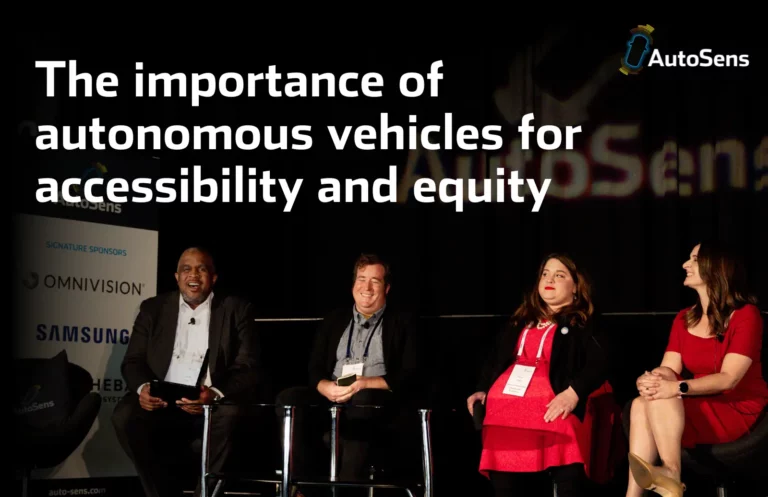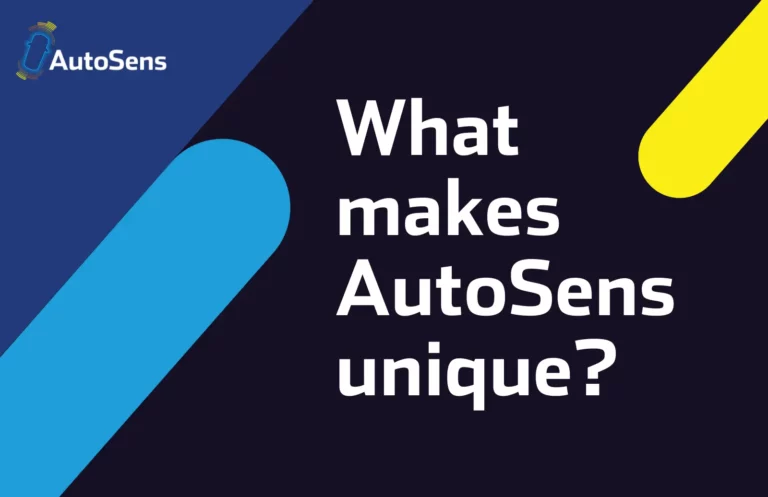Enhance your AutoSens Detroit experience by joining us early on Tuesday 9th May for our in-depth, interactive tutorial sessions.
These 3-hour sessions will provide a deep dive into core AutoSens topics, including automotive cameras, LiDAR and differentiated RADAR in a more intimate environment.
Automotive Camera: How to evaluate camera from HW information capacity to ISP/tuning performances for detection and human vision?
Developments in automotive cameras and the role that they play in ADAS and AD are a popular theme that not only features on the exhibition floor, but also throughout the agenda content at AutoSens. A specific challenge for automotive cameras that is becoming critical, is how to achieve a relevant camera quality evaluation.
We are bringing you an expert tutorial, with DXOMARK, that will give you the keys to getting a comprehensive evaluation of the hardware information capacity and also ISP and tuning performances, according to the final usage of the camera whether it is design for computer vision or human vision.
Since a good camera image requires a good camera module, the principle of evaluation and validation of the camera sensor and lens characteristics will be explained. The camera model from light to RAW pixel values will be used to demonstrate the reliability of the measurement of the lens and sensor system/hardware design.
You will also see how important it is to relate the image quality evaluation to the final use case. With this in mind, a methodology will be introduced to establish a comprehensive camera testing protocol based on laboratory tests and perceptual analysis in driving conditions.
I want to build a radar chip. Now what? A foundry view on building a differentiated radar.
The semiconductor foundry plays an important role in achieving the OEM’s stringent ADAS performance requirements, as it manufactures and supplies the ICs used in such systems. We are pleased to host GlobalFoundries to review the radar system requirements and introduce you to what it takes to build a differentiated automotive radar chip from a foundry perspective. You will understand the requirements for the radar chip and its building blocks: transmitter, receiver, and frequency synthesizer, in addition to using three foundational circuit blocks as a case study: power amplifier, low noise amplifier, and voltage/digital-controlled oscillator.
After this tutorial, you will have a better understanding of how foundry can help improve circuit level performance for auto radar application.
An Introduction to LiDAR
Many engineers are familiar with LiDAR, however, no one can provide the depth of knowledge into LiDAR like Dr Paul McManamon, an award winning author and well known scientist for his work in optics and photonics. In this tutorial, you will be taken through the history of LiDAR and all types of LiDAR, and then discover atmospheric effects on lidar, lidar range equation, signal-to-noise ratio, and basic detection theory.
You will learn the major components in a lidar, the laser source, the receiver possibilities, and the methods of steering the transmitted and receive optical axis. There will be a brief discussion of lidar processing, the testing of lidars, and lidar performance metrics, followed by lidar application design examples, including, of course, autonomous vehicle applications.
Watch this space for the fourth and final tutorial to be announced and get your full pass today for access to these expert sessions.







